Refine search
Actions for selected content:
3390238 results
La fiesta de los negros. Una historia del antiguo carnaval de Buenos Aires y su legado en la cultura popular. By Ezequiel Adamovsky. Buenos Aires: Siglo XXI, 2024. Pp. 288. ARS 30,590 paperback.
-
- Journal:
- The Americas , First View
- Published online by Cambridge University Press:
- 29 September 2025, pp. 1-3
-
- Article
- Export citation
Variability of multidrug-resistant organism reporting across Tennessee microbiology laboratories
-
- Journal:
- Infection Control & Hospital Epidemiology , First View
- Published online by Cambridge University Press:
- 29 September 2025, pp. 1-3
-
- Article
-
- You have access
- HTML
- Export citation
Refraction of near-inertial waves by submesoscale vorticity filaments
-
- Journal:
- Journal of Fluid Mechanics / Volume 1020 / 10 October 2025
- Published online by Cambridge University Press:
- 29 September 2025, A9
-
- Article
-
- You have access
- Open access
- HTML
- Export citation
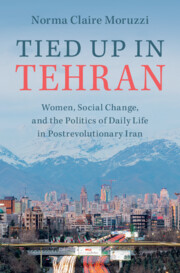
Tied Up in Tehran
- Women, Social Change, and the Politics of Daily Life in Postrevolutionary Iran
-
- Published online:
- 28 September 2025
- Print publication:
- 16 October 2025

Hegel Beyond Liberalism
- The Dialectic of Political and Economic Democracy
-
- Published online:
- 27 September 2025
- Print publication:
- 16 October 2025

How to Read an EEG
-
- Published online:
- 27 September 2025
- Print publication:
- 24 July 2025

Regulating a Thousand Cuts
- Global Law and Policy Solutions to Cumulative Environmental Problems
-
- Published online:
- 27 September 2025
- Print publication:
- 09 October 2025
-
- Book
-
- You have access
- Open access
- Export citation

The Cambridge Companion to Periyar
-
- Published online:
- 27 September 2025
- Print publication:
- 30 November 2025

A Datafied Mind
- Untangling EU Regulation of Emotion Technology and Neurotechnology
-
- Published online:
- 27 September 2025
- Print publication:
- 09 October 2025

Polynomial Functors
- A Mathematical Theory of Interaction
-
- Published online:
- 27 September 2025
- Print publication:
- 16 October 2025

Beer Law
-
- Published online:
- 26 September 2025
- Print publication:
- 16 October 2025

Kierkegaard and the Structure of Imagination
- Rethinking Thought Experiments with Kant and Ørsted
-
- Published online:
- 26 September 2025
- Print publication:
- 16 October 2025
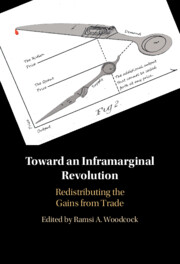
Toward an Inframarginal Revolution
- Redistributing the Gains from Trade
-
- Published online:
- 26 September 2025
- Print publication:
- 16 October 2025

A Theory of International Organizations in Public International Law
-
- Published online:
- 26 September 2025
- Print publication:
- 16 October 2025
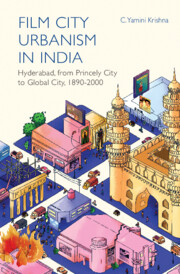
Film City Urbanism in India
- Hyderabad, from Princely City to Global City ,1890-2000
-
- Published online:
- 26 September 2025
- Print publication:
- 04 September 2025

Resilient Communities
- Household, State, and Ecology in Southern Panjab, c.1750–1900
-
- Published online:
- 26 September 2025
- Print publication:
- 04 September 2025
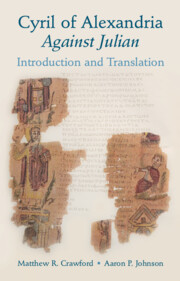
Cyril of Alexandria: Against Julian
- Introduction and Translation
-
- Published online:
- 26 September 2025
- Print publication:
- 16 October 2025

Gold in India
- Commodity, Culture, and Economic Circuits
-
- Published online:
- 26 September 2025
- Print publication:
- 04 September 2025

An Empire of Images
- Visual Culture and the British in India, 1688–1815
-
- Published online:
- 26 September 2025
- Print publication:
- 16 October 2025
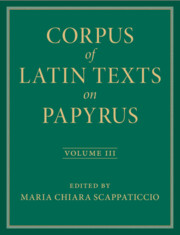
Corpus of Latin Texts on Papyrus
-
- Published online:
- 26 September 2025
- Print publication:
- 04 September 2025



